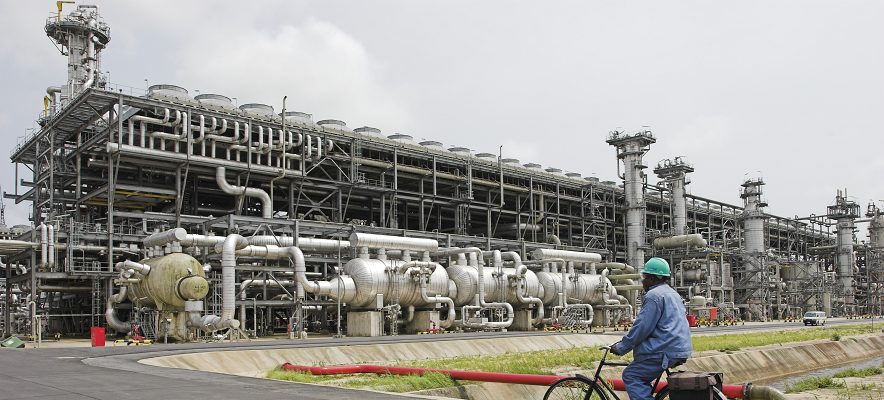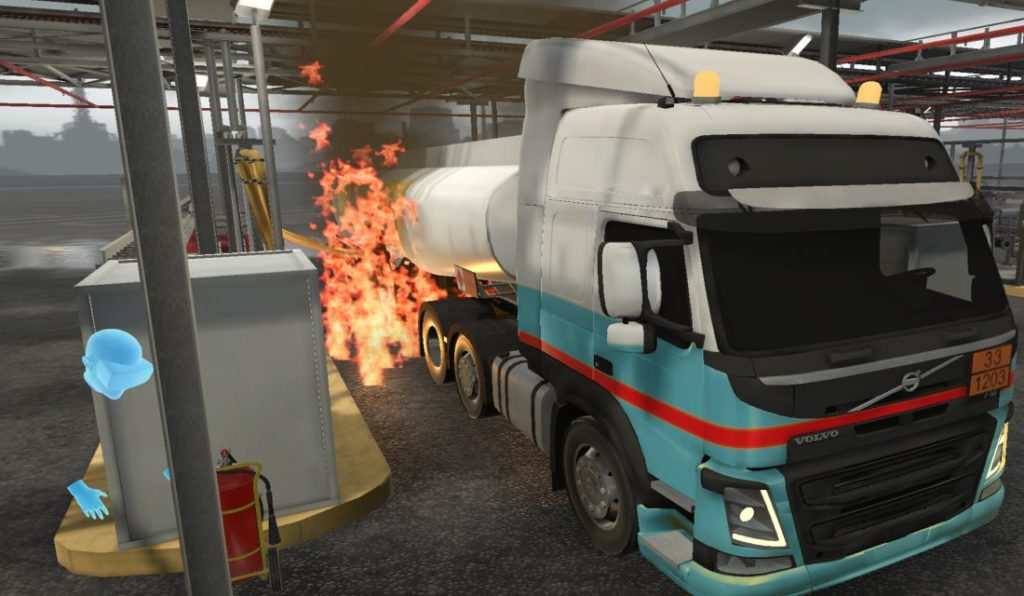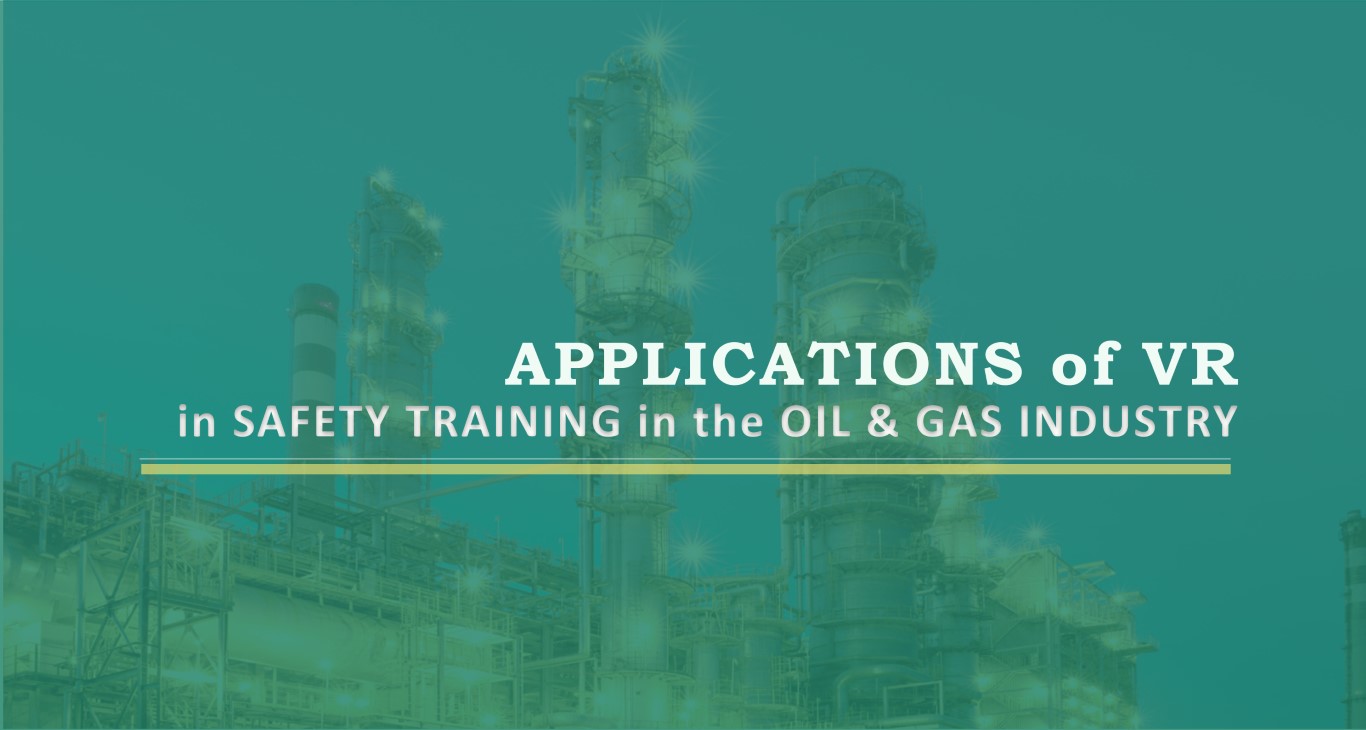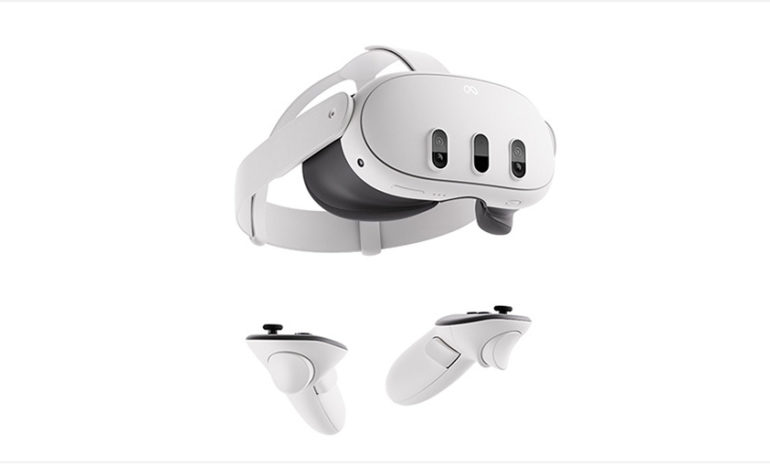Through the use of immersive technologies like virtual reality (VR), training in the oil and gas industry has taken on a new dimension. Virtual reality (VR), a technology that is reshaping and having great impacts on numerous industries, including real estate, healthcare, education, military and entertainment, is also revolutionizing the oil and gas sector especially through the application of VR in safety training.
There are several common hazards that workers in the oil and gas sector must deal with, such as heavy machinery mishaps, hazardous gas leaks, fires, and explosions. Virtual reality safety training is becoming a very cost-effective training method, providing workers with lifelike simulations to help them get ready for and manage these possible threats. In today’s highly competitive environment, leveraging on VR Safety Training is essential for forward-thinking organizations to better equip their employees and safeguard their investment in a very cost-effective and efficient way.
The Importance of VR in Oil & Gas Safety Training
VR addresses the specific safety training needs of the oil and gas industry by immersing workers in realistic scenarios, virtually. This allows them to familiarize themselves with the real life environment, practice and hone certain skills without real-world risks. The impact of VR on safety is profound—it enhances safety measures, reduces accidents, and ultimately saves lives.
Some of the applications of VR in Oil & Gas Safety Training are as follows
- Cost-effectiveness:
By employing VR for training, energy firms can reduce the need for physical simulations or downtime of equipment, resulting in cost savings and more efficient training schedules. - Risk Assessment and Hazard Identification:
VR training can help employees identify hazards and assess risks available in the real life setting, helping them to identify and proactively address potential danger long before they come in contact with hash or working environment obtainable on the fields.. - Distance Learning:
Virtual reality enables employees to participate in remote training sessions by accessing simulations of various locations, which can help facilitate the training of scattered teams. - Effective Feedback:
Virtual reality can be used to monitor the performance of trainees and help capture interesting data points, which may be used to find areas that require improvement and make sure safety regulations are fulfilled.
Potential Application of VR in the Nigerian Oil and Gas Industry
There are lots of areas where VR can be applied to in the Nigerian oil and gas industry. At the just concluded Nigerian Oil and Gas Week held in Abuja, industry players like TREXM Chemicals and TREXM Energy were able to use VR to showcase their products and provide VR tour of their plants in Port-Harcourt to guests at the event. However, while this is a very valuable use of VR’s potential, it is still a limited use of this technology. The following highlights few areas where VR can play a crucial role in the industry.

Companies like the Nigeria Liquefied Natural Gas (NLNG) stand to gain a lot in the adoption of VR both for Health, Safety and Environment (HSE). There are many other areas VR can play a great role at the NLNG including:
- Navigate the NLNG Production Processes:
By virtually touring the several stages of NLNG production, trainees can obtain an understanding of the intricate procedures involved even without being physically present at the facility. This virtual exploration of the facility can give trainees a thorough grasp of the operational flow, which is essential for spotting possible safety risks. - Observe Safety Procedures:
A well-designed VR application can greatly enhance safety procedures. Trainees would be able to understand how safety procedures are performed by interacting with the virtual environment and the objects contained in it. - Transportation and Storage:
VR simulation can provide a thorough understanding of the logistics involved in NLNG transportation and storage. The trainees might examine various infrastructure elements and have a better grasp of the technical facets involved, improving their knowledge of and readiness for safety. - Emphasis on Sustainable Practices:
Through the use of VR, trainees can be made to appreciate the need for energy sustainability. VR simulation can be developed to demonstrate the NLNG’s green energy programs and the technologies being deployed to lessen NLNG production’s negative environmental effects. This type of VR application will demonstrate how VR may be utilized to encourage environmentally friendly behaviors within the industry, in addition to highlighting the significance of sustainability.
Effects on Education and Training in Safety
The following highlights a number of important advantages for safety training in the oil and gas sector:
- Enhanced Engagement:
Users are more effectively engaged by VR’s immersive nature than they are by conventional training techniques in a workshop or seminar settings. Through virtual environment interaction, participants can enhance their comprehension, appreciation and memory of the material. - Realistic Scenarios:
VR simulations offer training scenarios that are closely accurate to the real life counterpart and can help them get ready for real-world problems. Through the experience of simulated emergencies or intricate operational procedures, users can enhance their problem-solving abilities and augment their reaction to real-life incidents. - Comprehensive Learning:
A more thorough learning experience can be made available in the virtual environment thereby allowing for the exploration of many aspects that trainees would otherwise not be able to assess, for security or safety reasons. This may result in enhanced safety procedures and raised knowledge of possible risks. - Promotion of Sustainability:
VR technology not only teaches users about safety but also encourages environmental responsibility by including sustainable practices into the VR simulation. This supports the industry’s increasing emphasis on sustainability and serves to emphasize how important eco-friendly practices are.
Virtual reality (VR) offers an immersive, interactive learning environment that raises awareness of safety, boosts training results, and encourages sustainable behaviors. This potential use case highlighted above demonstrates the potential uses of virtual reality and how it can influence safety education and energy innovation in the future.
Nigeria needs an increasing number of highly skilled workforce to man and sustain its energy production. VR provides an efficient and cost effective way to train, re-train and upskill an increasing number of Nigerians in a way that is very cost-effective. By adopting virtual reality (VR) into safety training programs, the oil and gas industry will be better equipped to reduce mishaps in the workforce and meet regulatory and safety compliance.
Case Studies of IOCs use of VR:
SHELL: Ensuring worker and operational safety is critical in the oil and gas sector. In the past, organizations such as Shell have utilized computer-based training and realistic simulations to provide its staff with emergency preparedness skills. However, computer-based training lacks the emotional intensity necessary to accurately measure a trainee’s response, while real-life simulations are frequently both expensive and impractical. In order to address these issues, Shell has incorporated virtual reality (VR) into its safety training initiatives.

Difficulties Faced
When it came to modeling emergency situations, such as an unintentional leak on a storage tanker that calls for prompt and suitable response protocols, Shell faced considerable challenges. The conventional training approaches were insufficient
- Real-life Simulations:
They are costly and require intricate logistics to run. It is not possible to set up such scenarios for frequent training because of the need for a great deal of planning, resource allocation, and potential dangers. - Computer-based Training:
This approach lacks the emotional and psychological tension necessary to adequately prepare learners, despite being less expensive and simpler to administer. Because of the lack of realism, students could not respond appropriately or completely understand the seriousness of the issue.
Shell adopted virtual reality to get beyond these obstacles. By offering lifelike, immersive emergency simulations without the expenses and dangers of in-person drills, virtual reality (VR) presents a better option. VR has improved Shell’s safety training in the following ways:
- Immersion:
Virtual reality produces an incredibly lifelike and immersive setting that allows students to experience emergency situations as though they were happening in the real world. In order to evaluate and enhance their emotions, this immersion aids in evoking the emotional and psychological reactions that are required. - Cost-effective:
Although VR technology can need a large initial investment, there are substantial long-term savings. Virtual reality training does not require costly setups or putting real equipment and staff at danger. It can be practiced frequently. - Safe Environment:
With virtual reality, students can safely encounter risky situations. Without being put in danger, they can practice handling crises like fires, spills, and explosions. - Quick Feedback:
In a virtual reality environment, learners obtain prompt feedback regarding their performance. In a safe setting, this enables trainees to comprehend what they did well or poorly and learn from their errors. - Scalability:
Virtual reality training is extremely scalable, allowing for the instruction of several employees in different locations. This guarantees that every employee receives training that is uniform and consistent.
Execution
Shell started implementing virtual reality training by determining which emergency scenarios were crucial and required accurate simulation. An unintentional spill on a storage tanker was one such instance. The purpose of the VR program was to:
- Play out the spill and the fire that follows.
- Make it mandatory for trainees to put out the fire by following the proper safety precautions.
- To assess the trainee’s ability to make decisions and solve problems under pressure, provide variables and challenges that might arise in a real-life scenario.
Outcomes
The effects of incorporating virtual reality into Shell’s safety training program was remarkable. The effects are:
- Increased Readiness: Trainees showed a greater comprehension of emergency protocols and a greater sense of assurance while managing practical scenarios.
- Enhanced Engagement: Due to VR’s immersive nature, training was more effective and engaging, which increased the rate at which safety procedures were retained.
- Lower Training expenses: Because VR simulations could be reused and adjusted as needed, Shell observed a gradual decrease in the overall expenses related to safety training.
The integration of virtual reality into Shell’s safety training program demonstrates how this technology has the potential to completely transform training for the oil and gas sector. VR offers a realistic, immersive, and economical alternative that helps businesses better train their staff for emergencies than they can with traditional techniques. VR technology is projected to play a bigger part in improving safety training as it develops, raising the bar for training quality in industries with high levels of risk.
Conclusion
Virtual reality is revolutionizing safety training in the oil and gas sector by providing important advantages like improved learning, lower risk, and financial savings. The future of VR safety training solutions is very promising, despite certain implementation obstacles. By adopting VR, indigenous oil and gas firms in Nigeria can better train their staff in an efficient and cost-effective way. significantly reduces risks and accidents, ensuring worker safety, regulatory compliance, and the protection of the company’s investment.
——-
Sources:
1. How the Oil and gas industry can benefit from VR Safety Training. (Laxmi Williams. 2023) – https://medium.com/@jn7529261/how-the-oil-gas-industry-can-benefit-from-vr-safety-training-a2aafc7f342d
2. Shell: Health and Safety emergency response training using VR https://immerse.io/case-study-shell/


